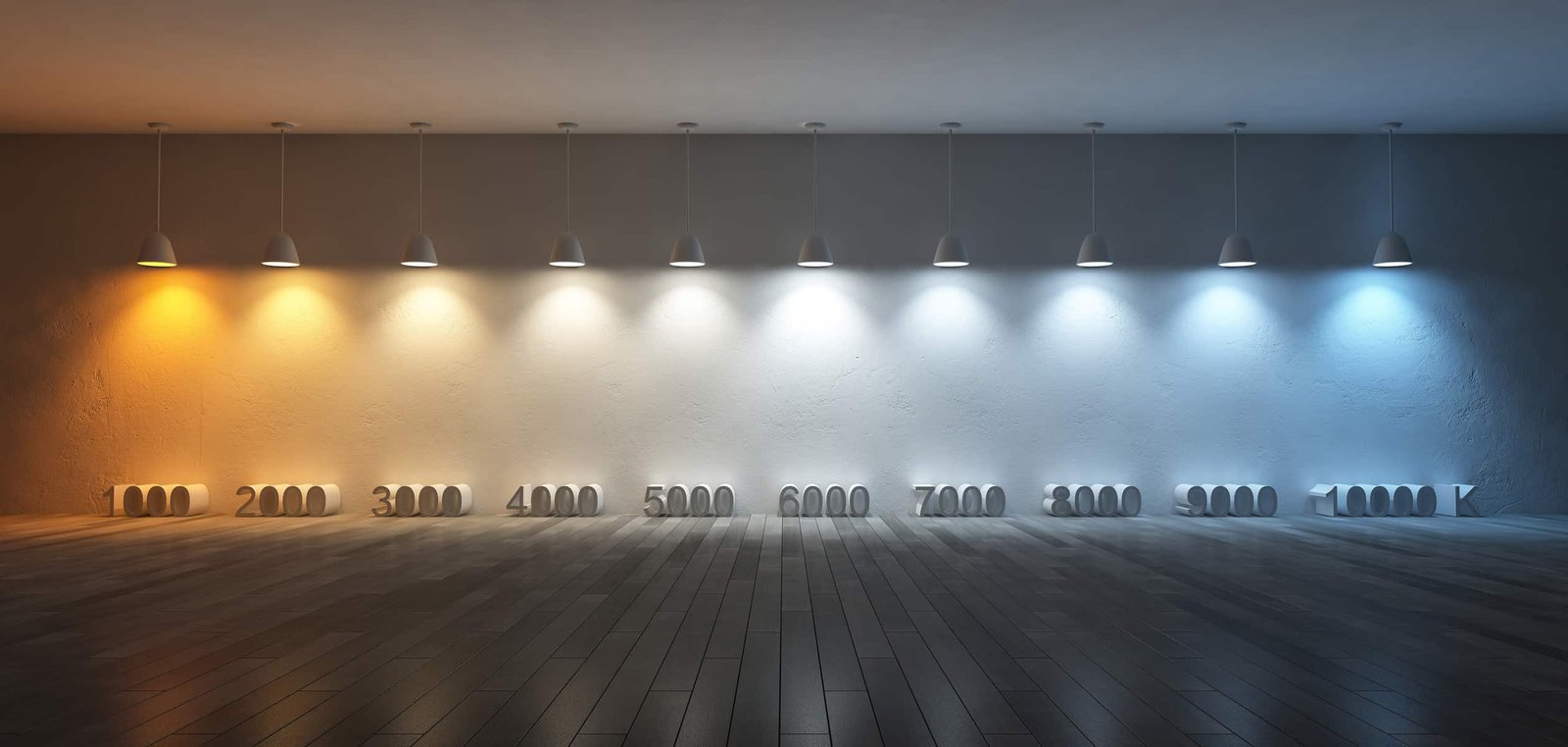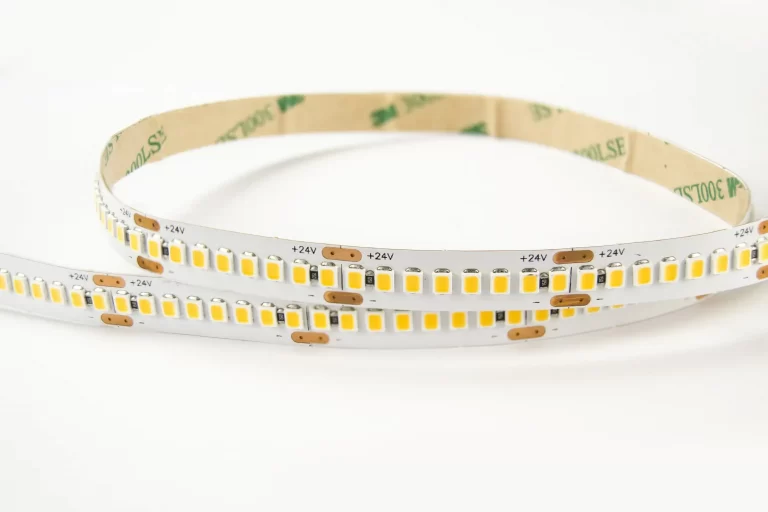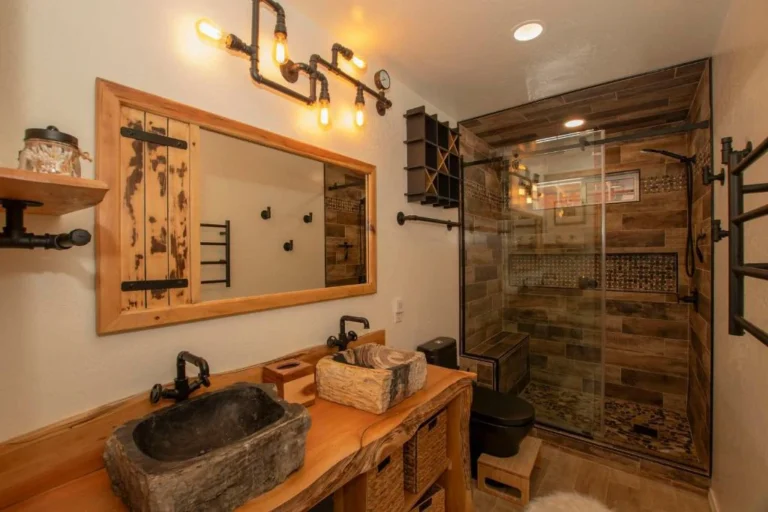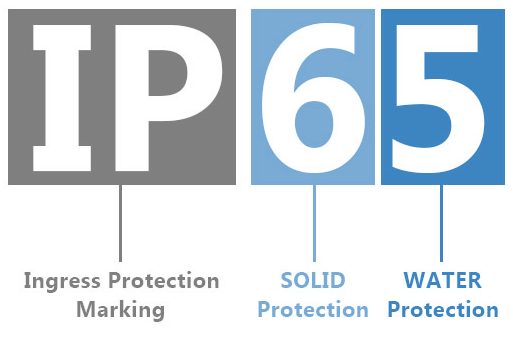Lighting is one of the most essential elements in any space. It influences not only the ambiance but also how we feel and how we perform everyday tasks. Among the various factors to consider when choosing the right lighting, color temperature plays a pivotal role. Have you ever wondered about the difference between 2700k and 3000k lighting and which one is best for your space? In this article, we’ll dive deep into the world of color temperature, explore the nuances between 2700k and 3000k, and help you discover the perfect lighting for your home or office. So, whether you’re upgrading your living room lighting or planning a new office setup, this guide is for you!

What is Color Temperature in Lighting?
Before delving into the specifics of 2700k vs 3000k, it’s essential to understand what color temperature in lighting is and why it matters. Color temperature, measured in Kelvin (K), refers to the warmth or coolness of light emitted by a bulb. It’s based on the temperature of an idealized black body radiator, which, as it heats up, changes color from red to yellow, white, and eventually blue. The higher the Kelvin number, the cooler the light (more blue), and the lower the Kelvin, the warmer the light (more yellow or red).
When it comes to lighting for interiors, the Kelvin scale typically ranges from 2000K to 6500K. The difference between light bulbs can be subtle, yet it has a massive impact on the mood and functionality of a space.
- Warm White (2700K to 3000K): These lights are soft and emit a golden hue, ideal for creating cozy, inviting environments.
- Neutral White (3500K to 4100K): A balanced light, neither too warm nor too cool, perfect for kitchens or bathrooms.
- Cool White (5000K to 6500K): These lights emit a stark, white light, suitable for offices or task-driven spaces like workshops.
Understanding color temperature is crucial when planning your lighting because it directly impacts the aesthetic of a room. Now, let’s explore the difference between 2700K and 3000K.
Understanding the Difference Between 2700K and 3000K
Both 2700K and 3000K are classified as warm white lights, but there’s a subtle yet significant difference between them. The main distinction lies in the intensity of the warmth.
- 2700K Lighting: This is typically the light you associate with traditional incandescent bulbs. It produces a very warm, golden light that is often described as “cozy” or “soft.” It’s the kind of light that mimics the warmth of natural sunlight at dawn or dusk. 2700K is a popular choice for bedrooms, living rooms, and dining areas because it creates an intimate, relaxing atmosphere. It is often the go-to choice for those seeking a nostalgic or homey feel.
- 3000K Lighting: While still warm, 3000K is slightly cooler and more neutral compared to 2700K. It’s less golden and tends toward a soft white. This light offers a clean, inviting feel but with a bit more clarity and brightness. 3000K is often used in kitchens, bathrooms, or even offices where a warmer light is still preferred, but with a bit more light output that helps with visibility. It’s not as intense as cool white light (4000K or higher), but it’s bright enough to keep spaces feeling fresh.
In terms of visual perception, 2700K tends to feel more like the evening light, while 3000K aligns more with the early morning daylight. For those who want the perfect blend of comfort and clarity, 3000K is a great middle ground.
Factors to Consider When Choosing the Optimal Color Temperature
When deciding between 2700K vs 3000K lighting, several factors come into play. Choosing the right color temperature for your space isn’t just about personal preference—practical aspects like the purpose of the room, the furniture, and even the time of day you use the space, all contribute to the decision.
- Room Purpose
- Relaxation vs. Functionality: If you’re lighting a bedroom or living room where comfort and relaxation are the priorities, 2700K is a better choice. It creates a warm and intimate environment conducive to winding down. In contrast, 3000K can be more suitable for spaces where you need more clarity and focus, like kitchens or bathrooms, where tasks are performed, or offices where productivity is a key concern.
- Existing Decor
- The color of your walls, furniture, and other elements in the room can greatly impact how lighting will look. A room with warm tones, like beige or soft wood, may benefit from the warmth of 2700K, which complements the natural hues. However, in rooms with cooler tones or a modern aesthetic, 3000K can create a better harmony without feeling too warm or overpowering.
- Time of Day
- The time you use a space can also influence your choice. In the morning, you may prefer a bright, clean light (closer to 3000K), while in the evening, a softer, more relaxed atmosphere (closer to 2700K) is often ideal.
- Personal Preference
- Ultimately, your personal preference will always be a deciding factor. Some people may prefer the amber warmth of 2700K, while others might opt for the more neutral feel of 3000K. It’s important to consider how each color temperature affects your mood and functionality in each room.
The Psychology of Color Temperature in Lighting
Lighting has a profound effect on our emotions, productivity, and overall well-being. The psychology behind color temperature isn’t just a matter of aesthetics—it’s about how lighting can influence mood and behavior.
- 2700K Lighting: This warm, amber-toned light promotes relaxation and comfort. It’s ideal for creating a calming atmosphere, perfect for unwinding after a long day. The warmth of 2700K can also help with sleep quality, as it mimics the natural light we encounter during sunset, signaling to our brains that it’s time to rest.
- 3000K Lighting: A step up in brightness, 3000K offers a more neutral and vibrant ambiance. This color temperature helps stimulate activity and alertness without the starkness of cooler lighting. It is often associated with warmth and clarity, helping to create an inviting environment where focus and productivity can thrive.
Understanding the psychological impact of light allows you to choose the right tone for the right environment. For example, 2700K might be the best for the bedroom, while 3000K could be ideal for an office or workspace.
Benefits of Using 2700K Lighting
2700K lighting is widely appreciated for its ability to create a welcoming, serene atmosphere. Here are some of the key benefits:
- Promotes Relaxation
- The warm tones of 2700K lighting are perfect for winding down. It’s the light you’d find in most homes in the evening, as it mimics the natural colors of sunset and can help trigger the body’s natural circadian rhythm. This makes it ideal for spaces where relaxation is the primary goal, such as living rooms and bedrooms.
- Creates a Cozy, Intimate Ambiance
- If you’re hosting a dinner or enjoying a quiet evening at home, 2700K creates an intimate and cozy environment. The soft, golden hues are perfect for any setting where warmth is desired.
- Ideal for Restful Sleep
- As mentioned, 2700K light can help signal to your body that it’s time to rest. It’s less likely to disrupt sleep patterns compared to brighter, cooler lights.
- Versatile in Traditional Spaces
- For anyone looking to replicate the feel of classic incandescent bulbs or add a touch of vintage charm, 2700K is perfect. It pairs well with traditional décor and wood tones.
Benefits of Using 3000K Lighting
Though similar to 2700K, 3000K lighting has its own set of advantages:
- Bright, Inviting, and Practical
- 3000K is still warm, but with a slight cool edge, making it ideal for areas where visibility and practicality are key, such as kitchens and bathrooms.
- Enhances Visual Clarity
- With its cooler, brighter output compared to 2700K, 3000K can enhance visual clarity and help reduce eye strain. This makes it ideal for spaces where tasks are performed, such as workspaces or craft rooms.
- Works Well with Modern Decor
- If your home or office features contemporary décor with sleek finishes, 3000K complements these aesthetics better, offering a cleaner, more neutral light.
- Great for Daytime Use
- If you’re looking to light a room during the day, 3000K can simulate natural daylight
more effectively than 2700K.
How to Determine the Right Color Temperature for Different Spaces
When choosing between 2700K vs 3000K lighting, it’s essential to consider the functionality of each room. Below are some guidelines:
- Living Room: Opt for 2700K for a relaxing and cozy atmosphere.
- Bedroom: Choose 2700K to promote relaxation and better sleep quality.
- Kitchen: 3000K provides enough brightness for tasks but still offers a warm feel.
- Bathroom: 3000K enhances visibility for grooming while maintaining a soft ambiance.
- Office/Workspace: 3000K is best for productivity and clarity.
Lighting Tips for Specific Areas of the Home or Office
Living Room:
- For a living room, go with 2700K for a warm, inviting atmosphere. Consider dimmable fixtures to adjust the light to different times of day.
Kitchen:
- Kitchens benefit from 3000K as it provides better clarity for food preparation without being too harsh.
Office:
- 3000K is ideal for an office space as it strikes the balance between alertness and comfort.
Popular Lighting Fixtures Available in 2700K and 3000K
Whether you choose 2700K or 3000K, there are plenty of lighting options to suit your needs. Some popular choices include:
- LED Bulbs: Available in both 2700K and 3000K for energy-efficient and long-lasting lighting.
- Pendant Lights: A versatile option for both warm (2700K) and slightly cooler (3000K) lighting.
- Recessed Lighting: Perfect for both home and office use, available in both color temperatures.
- Chandeliers: For dining rooms or living rooms, chandeliers in 2700K offer a sophisticated and warm lighting option.
Conclusion: Finding the Perfect Balance Between 2700K and 3000K Lighting
Choosing between 2700K vs 3000K comes down to your unique preferences and the specific needs of each space. Whether you’re aiming to create a cozy, intimate atmosphere with 2700K or you need a more practical and bright environment with 3000K, understanding the psychology, benefits, and applications of each will guide you toward the best decision.
In the end, it’s all about balance. Experiment with both color temperatures to see which suits each room and moment in your life. The right lighting can transform a space and elevate your comfort and productivity, making the choice between 2700K and 3000K a small but meaningful step toward creating the perfect environment for you.


